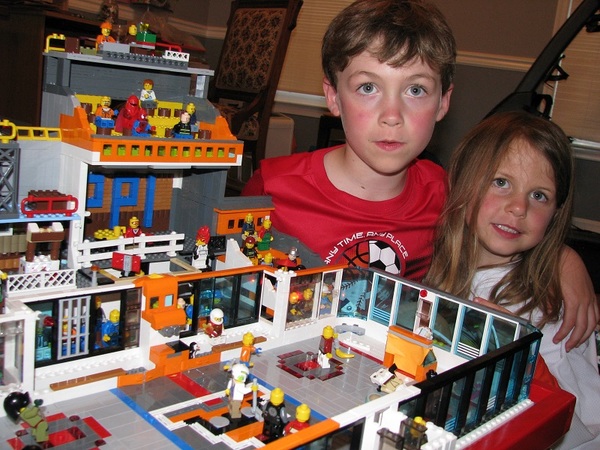Tonight, Salesforce announced something big - a whole new Salesforce user experience. If you missed the global preview that included live viewing parties across the world, you can check out a recording. Or keep reading to learn about the changes and what it means to you.
Salesforce has been on a three year engineering mission that started with reimagining the mobile experience in 2013 with Salesforce1 mobile and the platform in 2014 with Salesforce Lightning. This year, attention has turned to the user experience, with an emphasis on the Sales Cloud.
What's New
Simply put - a whole new user experience, a whole new way to sell. The new experience is designed so you can sell faster, sell smarter and sell the way you want. Take a look at a few sample screens from the new experience - Home page, Opportunity Pipeline Board, Opportunity Details and Dashboards.
The home page quickly displays key information that a sales rep needs to manage their day. A quarterly performance chart that shows performance towards goal. The Assistant section on the right identifies key actions to take, such as overdue tasks. The Account Insights section brings in key information about the accounts you are following.
On the left, is an omni-present navigation menu to quickly move through the app. Simply click on the three bars to expand and collapse the menu. Search is now top and center allowing quick and easy search across all of your records.
The Opportunity Board is an exciting new adding coming in Winter '16. With a new Kanban board view, you can easily see all of your open opportunities, their stages, value and key information. The totals for each stage is summarized at the top. Best of all, you can drag and drop an opportunity from one stage to another and watch it update in real time!
Drilling into an Opportunity, key information is located at the top of the page. Next Sales Path is front and center with the progress pill. Users can see what stage in the sales process and have guided selling options. Activities such logging a call, creating a task or an event are available with a few clicks. An Activity Timeline of past activity and upcoming Next Steps display below the activity section. As you can see, hovering over related objects like an Account provided additional details.
For the dashboard lovers out there, take a look at the new page in the Lightning Experience. You now have the ability to control the sizing of charts on the Dashboard, including having more than three reports! You can easily drag and drop on reports and re-size based on your needs.
What Does It Mean for You
After seeing the Lightning Experience, the most common question is how can I get it. The Lightning Experience is coming with the Winter '16 release. Inside of an Org, an administrator has the ability to enable the Lightning Experience (Setup | Lightning Experience | Enable the New Salesforce Experience).
Then you have the ability to assign the Lightning Experience User to either a profile or permission set. Keep in mind that standard profile will automatically receive this permission, but you will have to add it to custom profiles. This enables a phased roll-out to improve adoption rates and manage change.
With this release, the Sales Cloud is the focus for the new experience. So if you are using Service Cloud, you will still use the classic experience. In addition, there are exclusion from the new experience such as the Orders object. Finally, if you are using Person Account, the new experience is not supported, yet.
No need to worry if you are not ready to migrate. The classic user interface will be supported for some time.
How to Learn More
There are numerous resources available where you can learn more about the Lightning Experience. Check out the following resources:
- Watch the Global Preview recording
- Check Out Blogs
- Salesforce Success Community
- Groups to collaborate around Lightning Experience
- Upcoming webinars to discuss the changes
- Lightning Design System
- Trailhead
- Sales Reps - Using Lightning
- Admin - Starting with Lightning
- Admin - Migrating to Lightning
- Developer - Lightning Experience
- Sign up for a Winter '16 Pre-Release Org and try it out
- Contact us to learn more






 The
The 
 I recently ordered a set of
I recently ordered a set of